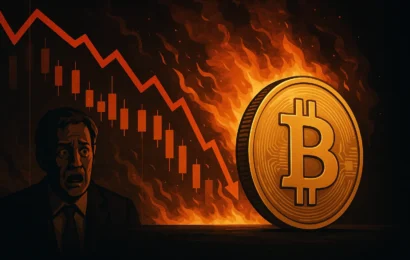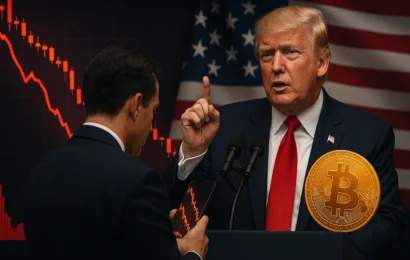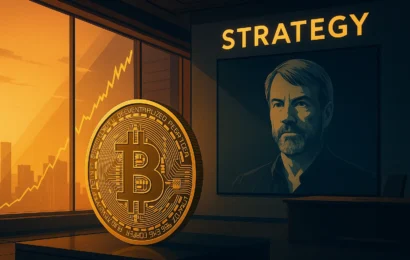
ETF flows, geopolitics, and futures liquidations play a leading role in Bitcoin’s short-term price movements.
The price of Bitcoin (BTC) often seems unpredictable, but according to a new report by K33 Research, the leading cryptocurrency primarily reacts to two key factors: spot ETF flows and macroeconomic tensions.
ETF Flows – The Main Driver
Analyst Vetle Lunde from K33 highlights that inflows into spot Bitcoin ETFs account for nearly 80% of the variation in BTC’s 30-day returns. This reveals a strong statistical correlation between institutional fund flows and price movements.
However, activity has cooled significantly in the past month: ETF funds added only 13,000 BTC, which coincided with Bitcoin’s underperformance. According to K33, this suggests a direct dependency between capital inflows and short-term market responses.
Geopolitics and Volatility
Global developments remain another major factor behind Bitcoin price swings. Tensions between the U.S. and Iran triggered a sharp drop to $98,200, followed by a swift recovery to $105,000 as diplomatic hopes resurfaced.
This volatility spike led to mass liquidations of leveraged positions: more than 17,000 BTC were wiped out in 24 hours. This marks the largest one-day liquidation in perpetual futures since August last year.
Cooling Futures Positions
The liquidation wave drove open interest down to levels last seen in April. Market observers say this signals risk-off behavior, as traders reduce exposure ahead of expected volatility.
Potential political disruptions — including Trump’s budget negotiations and possible trade tariffs — could further elevate uncertainty, adding more pressure to BTC.
Conclusion:
While many focus on corporate treasuries and long-term holders, in the short term, ETF inflows and macro-political events have the strongest impact on Bitcoin price. Understanding these dynamics may help investors better anticipate market shifts.
Frequently Asked Questions
Find answers to the most common questions below.
According to K33 Research, Bitcoin’s short-term price is primarily influenced by spot ETF flows and global macro events.
ETF inflows signal institutional interest and liquidity. K33 found they explain nearly 80% of BTC’s 30-day return variation.
Geopolitical tensions, like those between the U.S. and Iran, often lead to spikes in volatility and sudden sell-offs in crypto markets.
Large liquidations of leveraged BTC positions can accelerate price drops or rebounds, contributing to short-term volatility.
This article is for general informational purposes only and is not intended to be, and should not be construed as, legal or investment advice. Crypto-assets are highly volatile, so only invest funds that you are willing to lose and use your own research and risk management.




